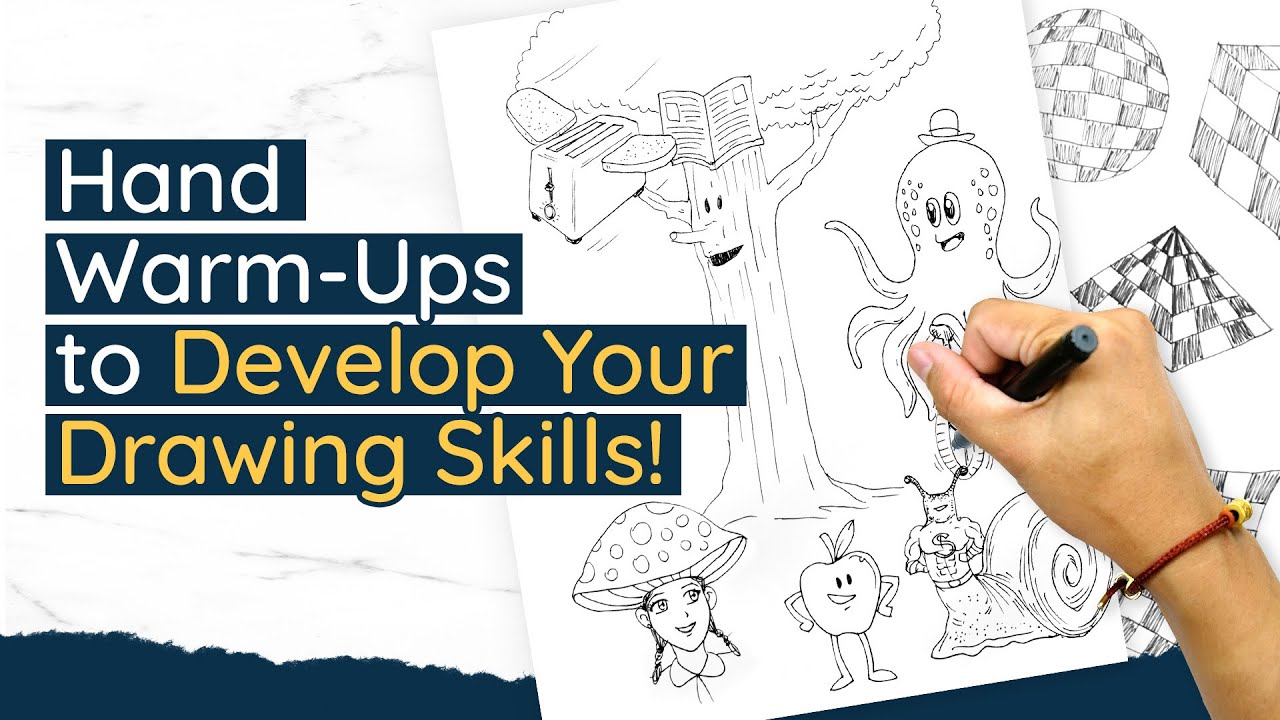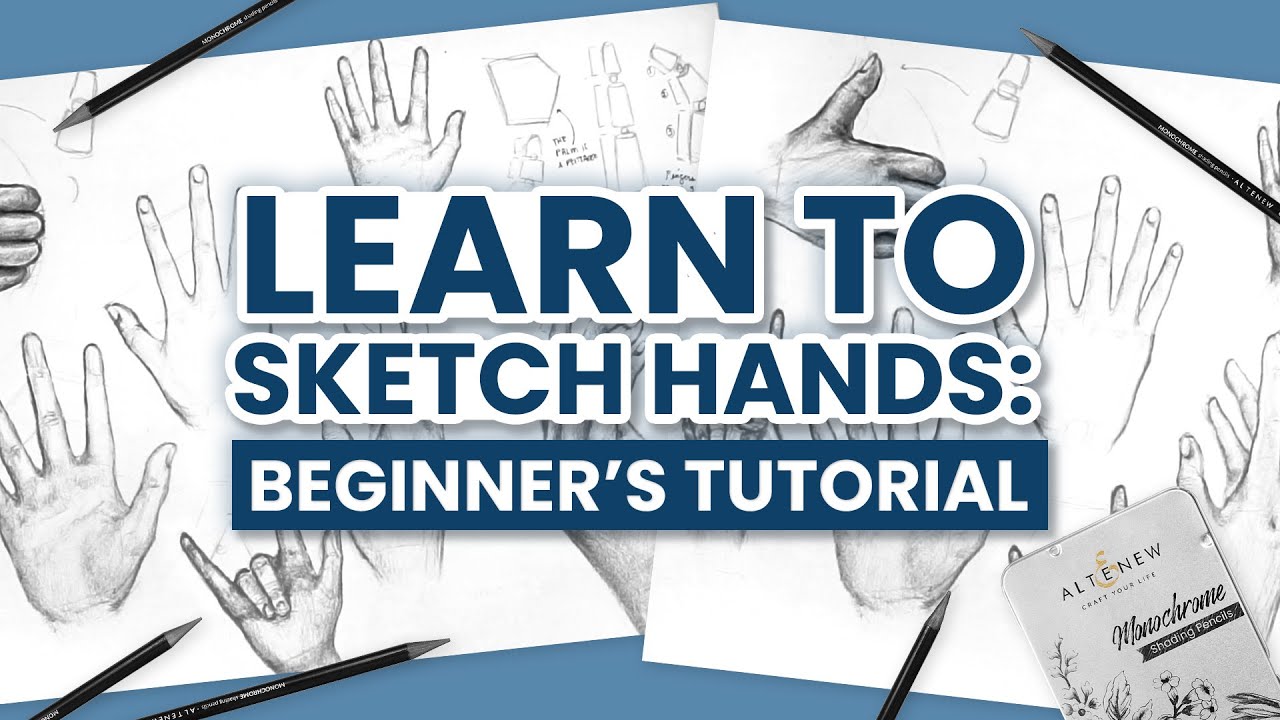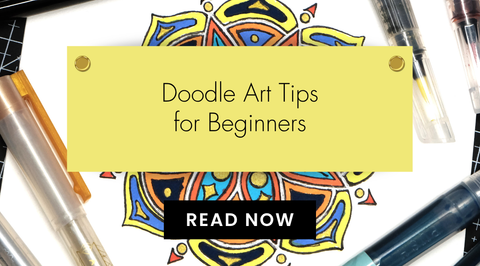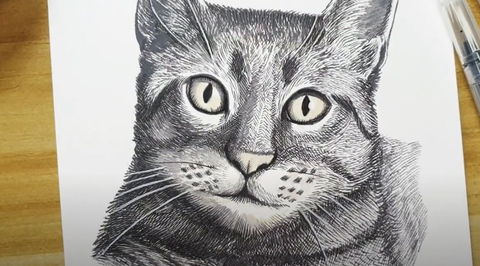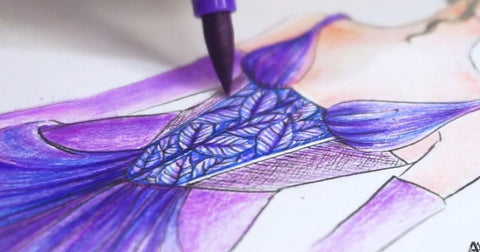How to Master Sketching: Tips and Tricks for Artists
Last Updated: October 13, 2025
“To learn to draw is to draw and draw and draw.” – Andrew Loomis
Sketching is an essential part of the artistic process, allowing artists to capture their ideas and bring them to life on paper. Whether you're a beginner or an experienced artist, mastering the art of sketching can open up a world of creative possibilities. In this blog post, we'll explore the importance of sketching in art and share tips and tricks for honing your sketching skills.

The Importance of Sketching in Art
Sketching is a foundation for many art forms, providing a way to quickly and freely express ideas. It allows artists to explore composition, form, and perspective before committing to more detailed work. Sketching is also valuable for brainstorming and problem-solving, helping artists work through creative challenges.
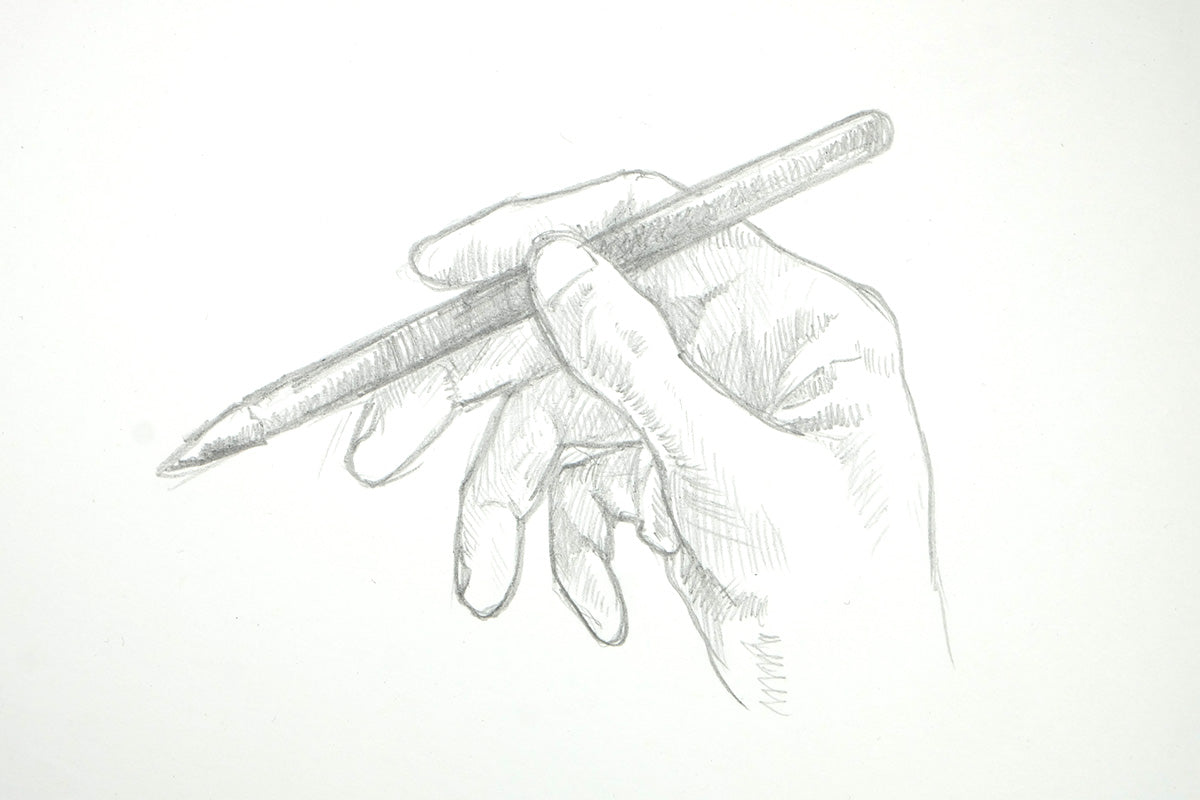
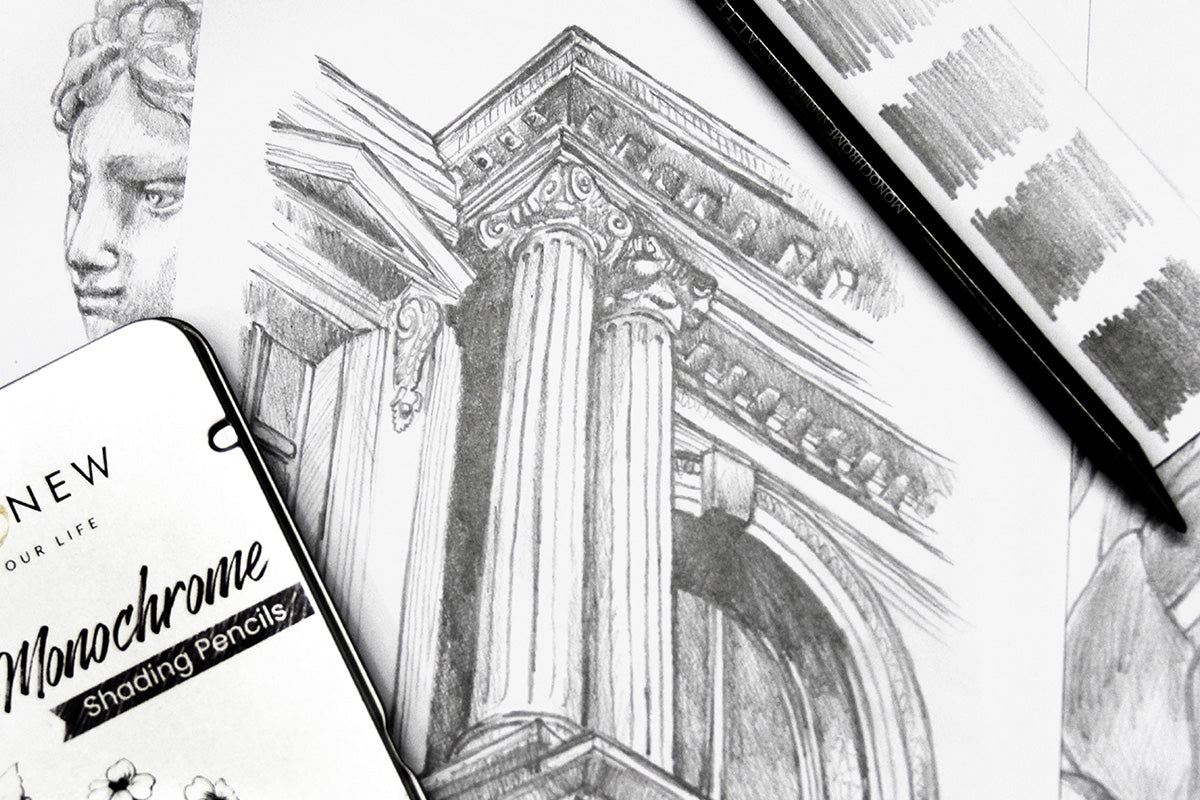
Benefits of Mastering the Art of Sketching
Mastering the art of sketching can have numerous benefits for artists. It can help improve hand-eye coordination, observational skills, and the ability to capture the essence of a subject with minimal lines. Additionally, sketching can be a source of relaxation and a way to stay connected to the joy of creating art.
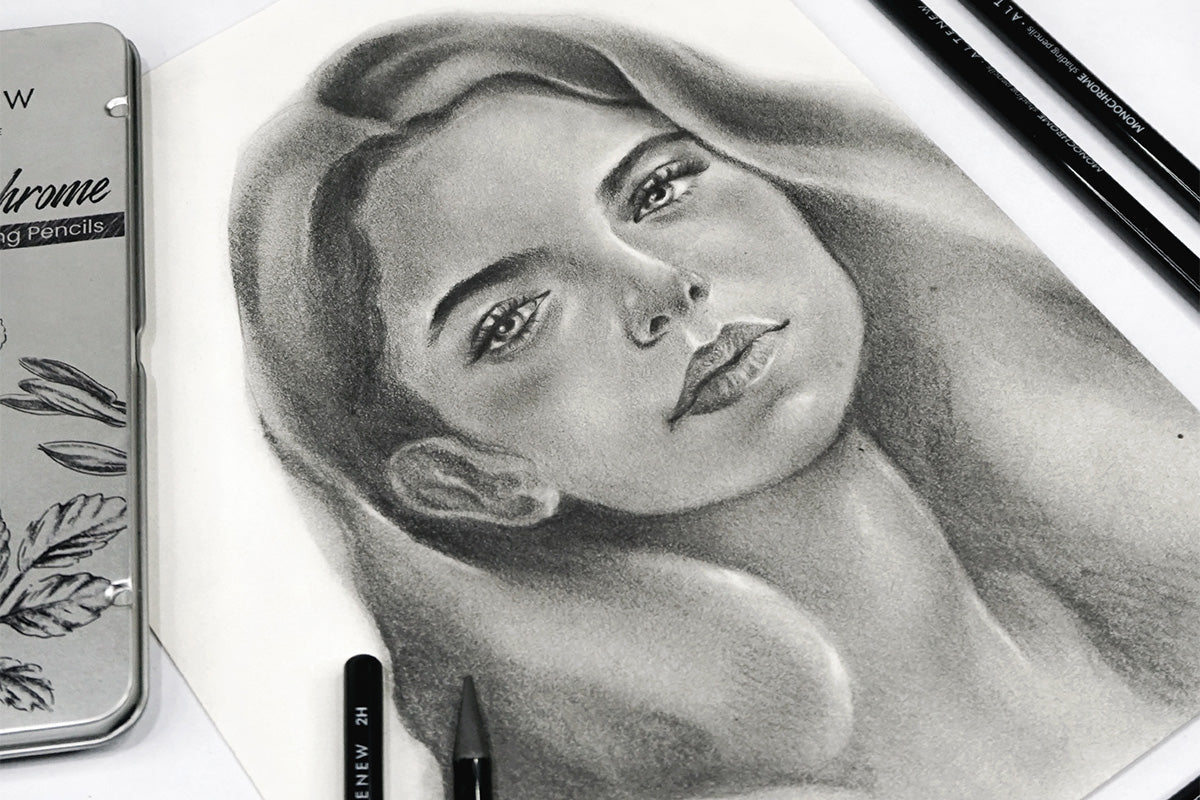
Getting Started with Sketching
If you're new to sketching, getting started can feel daunting. However, understanding the basics and developing your own sketching style are essential steps in the journey of becoming a proficient sketch artist.

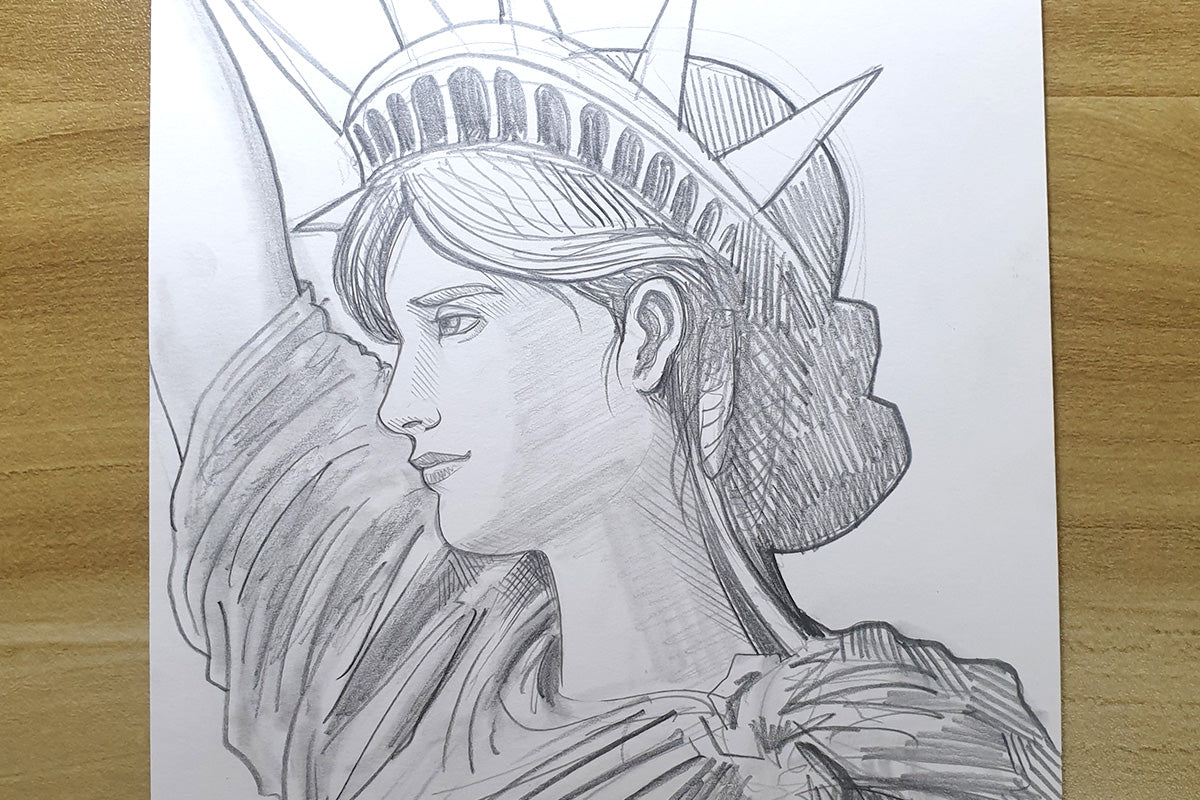
A. Understanding the Basics
Before diving into sketching, it's important to gather the right materials. A sketchbook, pencils of varying hardness, erasers, and a sharpener are essential tools for any sketch artist. Additionally, there are different types of sketch art, including gesture drawing, contour drawing, and still life sketching, each offering unique challenges and opportunities for growth.
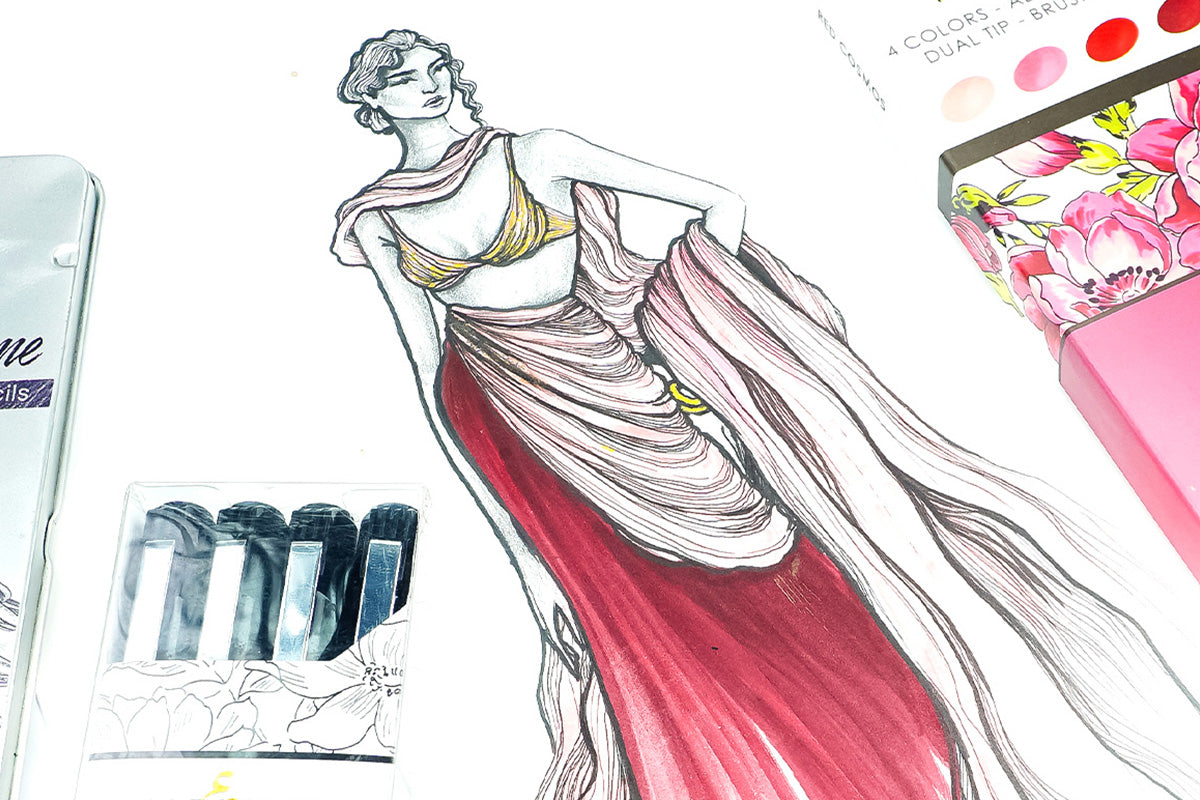
B. Developing Your Sketching Style
Experimenting with different techniques is key to finding your own unique sketching style. Try using different pencil strokes, shading methods, and mark-making techniques to create diverse effects in your sketches. Finding inspiration for your sketches can come from everyday life, nature, or even other artists whose work resonates with you.
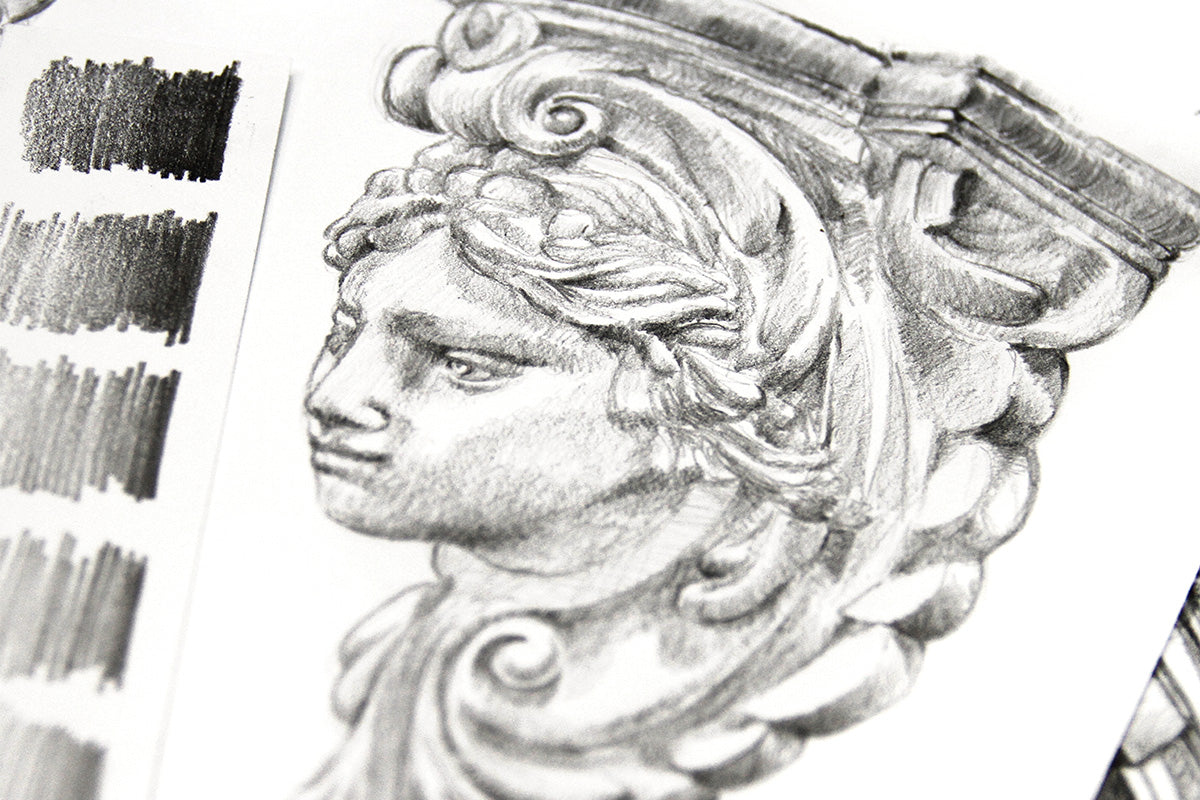
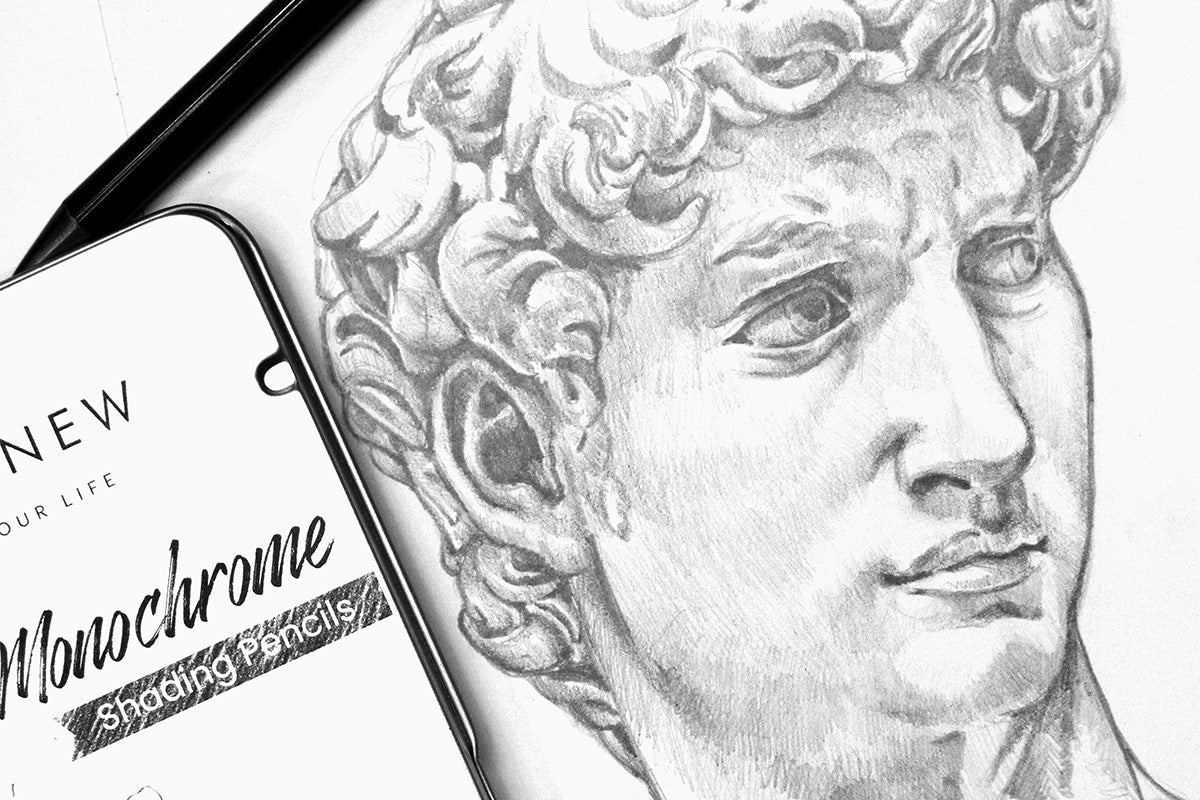
Tips for Beginner Artists
For those new to sketching, embracing imperfection and practicing consistently are crucial for growth and improvement.
1. Embracing Imperfection
One of the biggest hurdles for beginner artists is overcoming the fear of making mistakes. Sketching provides a safe space to make errors and learn from them, ultimately leading to growth as an artist. Embracing imperfection allows for greater creative freedom and experimentation.

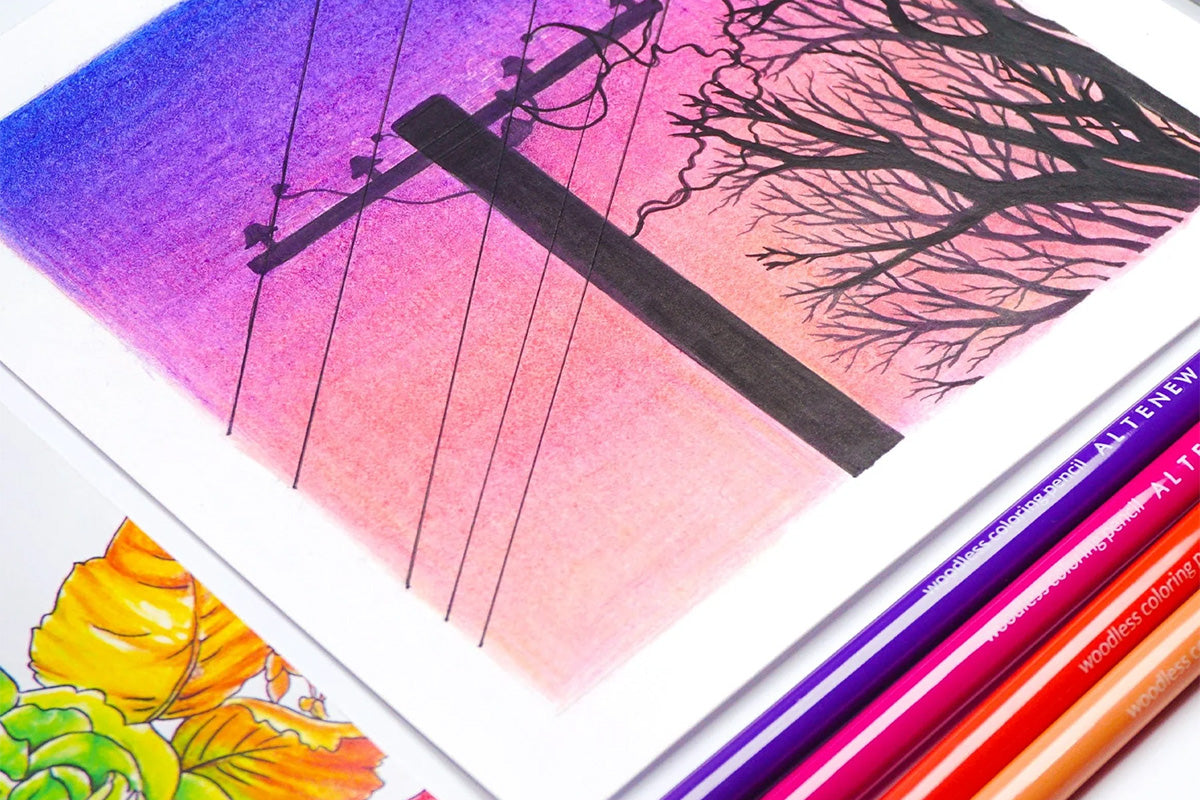
2. Practicing Consistently
Setting aside time for daily sketching can help build confidence and skill. Joining sketching communities or seeking feedback from fellow artists can provide valuable support and encouragement along the way.
Here are some fun warm-up drawing exercises you can practice every day! Click the image below to watch the video or click here to watch it on YouTube.
Hacks for Experienced Artists
Experienced artists can take their sketching to the next level by pushing their boundaries and using sketching to enhance other art forms.
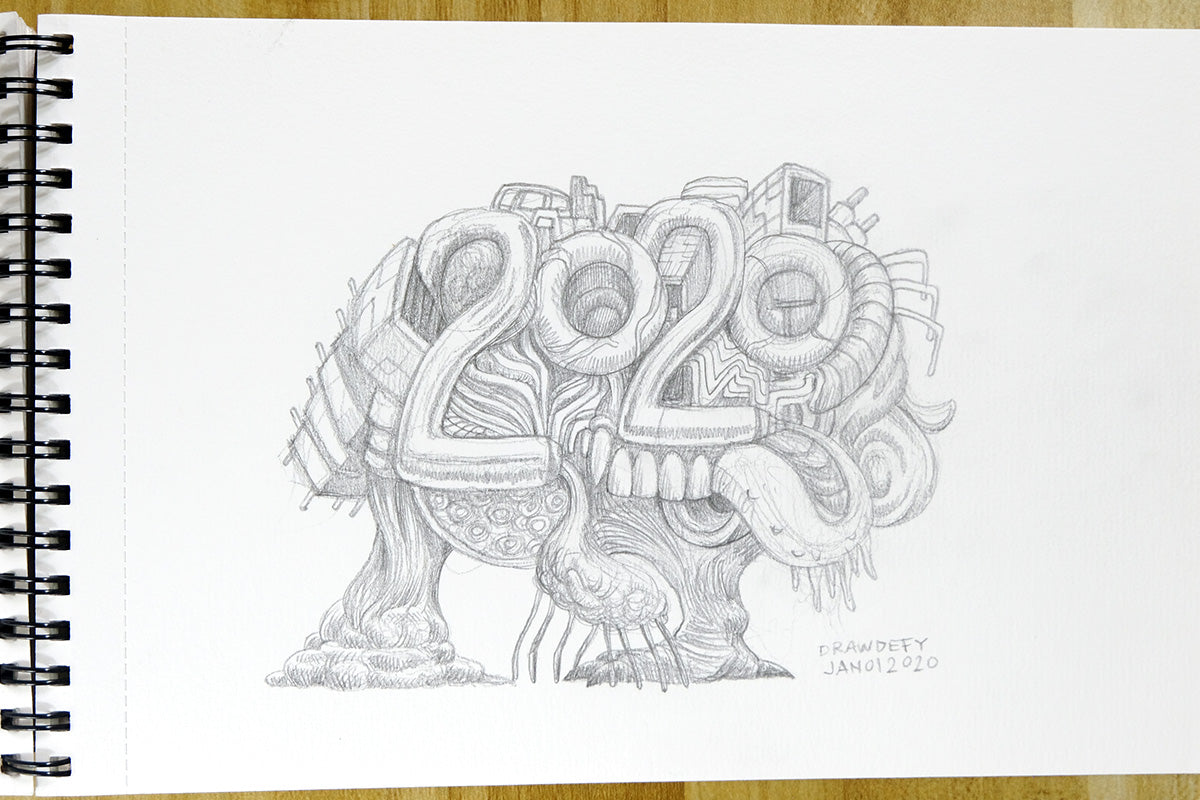
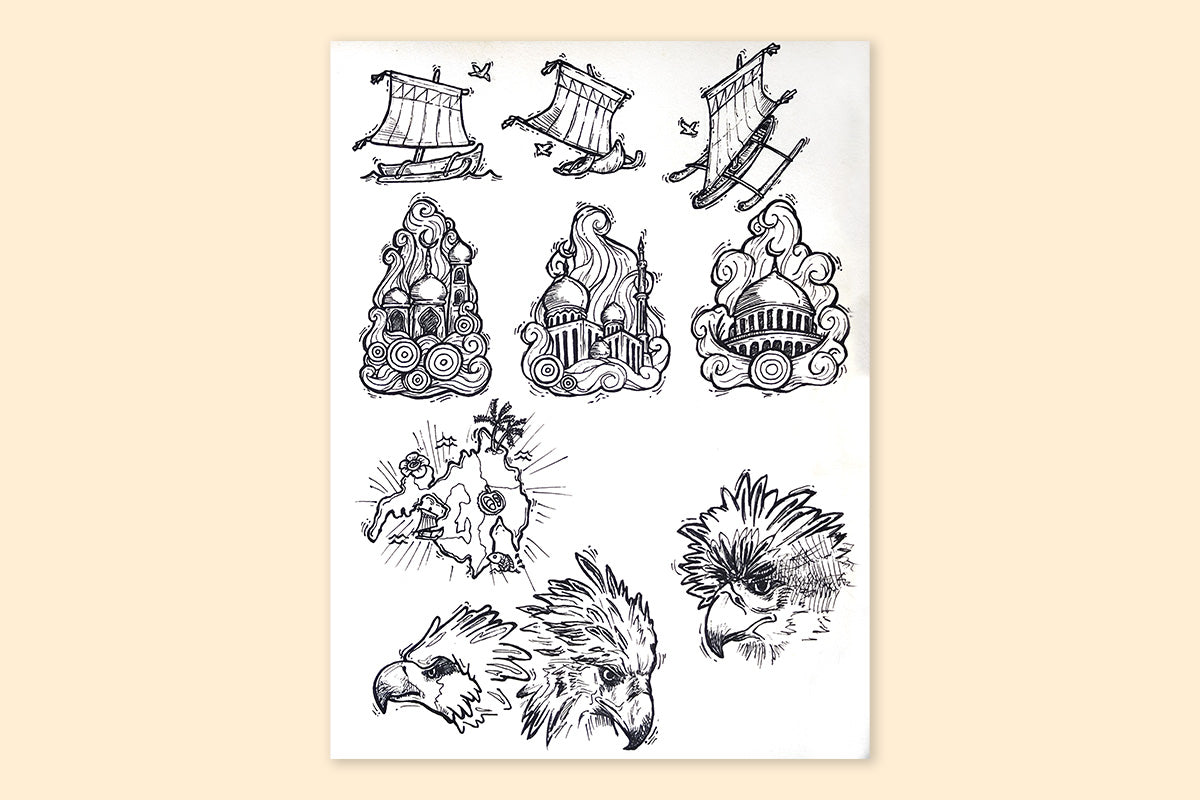
A. Pushing Your Boundaries
Exploring different subjects and styles can keep experienced artists engaged and challenged in their sketching practice. Incorporating new materials such as charcoal, ink, or colored pencils into your sketches can open up new creative possibilities.
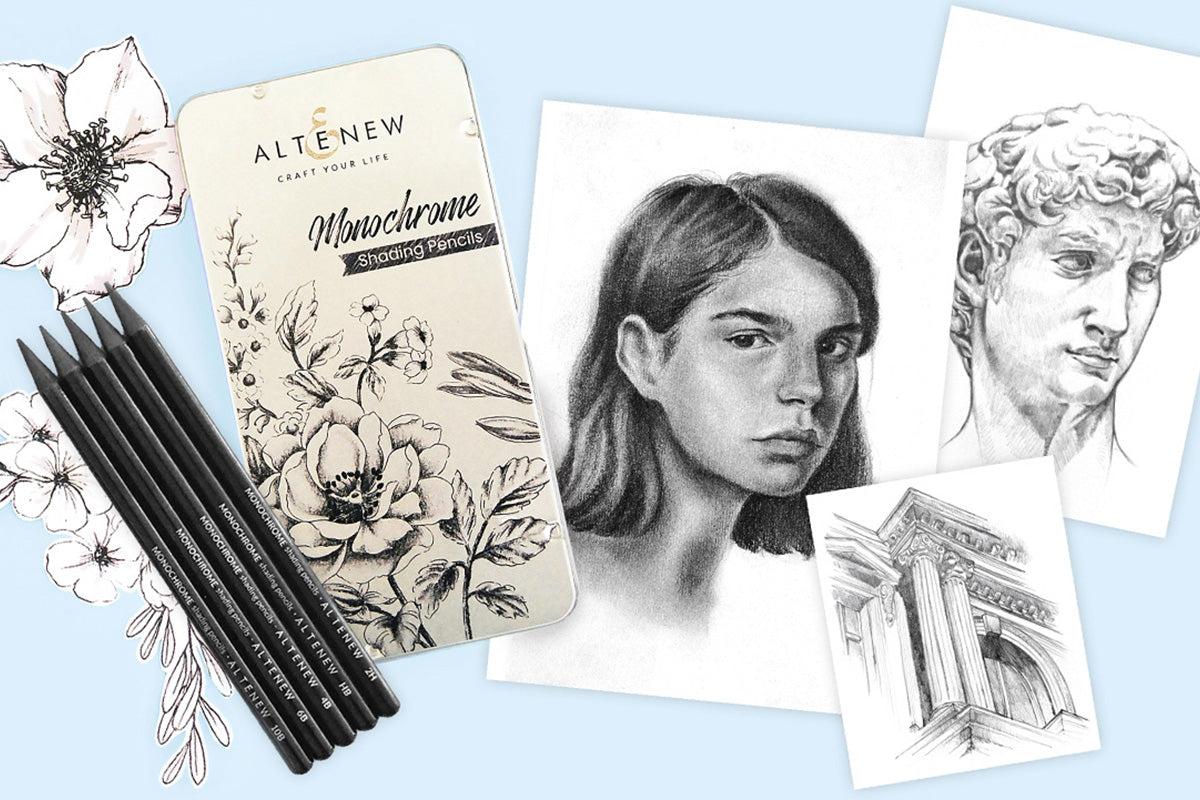
B. Using Sketching to Enhance Other Art Forms
Integrating sketches into painting or digital art can add depth and dimension to your work. Additionally, leveraging sketching as a tool for conceptualizing larger projects can help bring complex ideas to life in a tangible way.
Watch the step-by-step video tutorial below on how to sketch hands! Click the image below to watch the video or click here to watch it on YouTube.
The Art of Sketching and Drawing
Finding a balance between sketching and detailed drawing is essential for artists who want to incorporate both techniques into their practice. While sketching allows for quick ideation and exploration, detailed drawing provides an opportunity for refinement and precision.
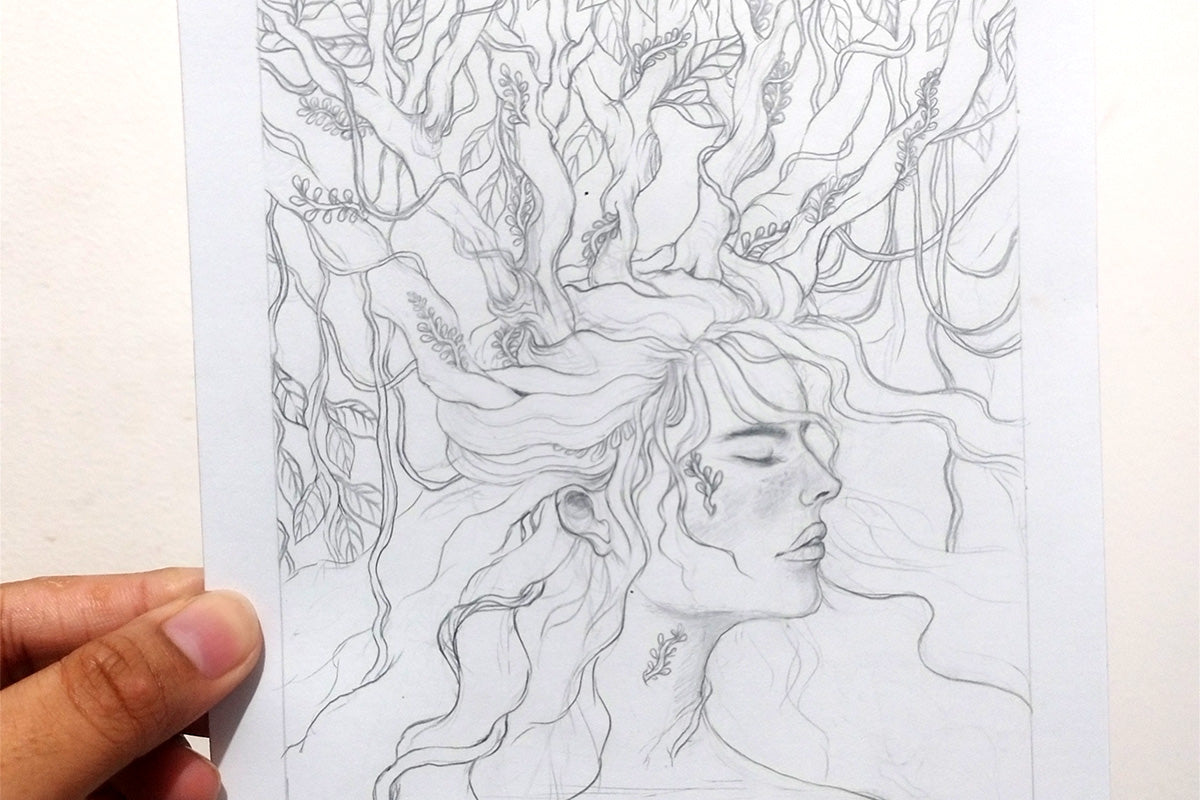

Using sketching as a tool for idea generation and brainstorming can be incredibly effective in the creative process. Sketches can serve as a visual diary of ideas, allowing artists to revisit and expand upon concepts over time.
Need more practice in sketching and using coloring pencils? Take this FREE class now!
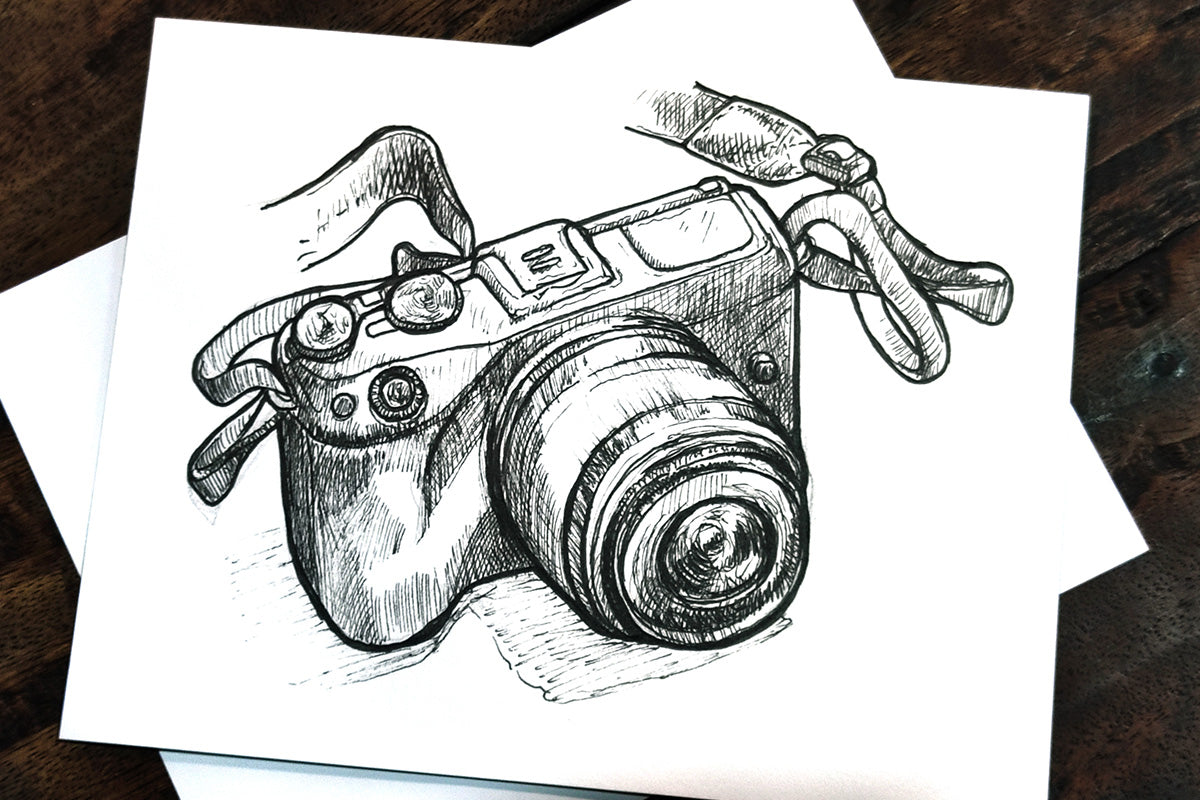
Embracing the journey of sketching is an ongoing process that offers endless opportunities for growth and creativity. Whether you're a beginner or an experienced artist, exploring the art of sketching and drawing can be a deeply rewarding pursuit. I encourage you to dive into the world of sketch art, experiment with different techniques, and find inspiration in the world around you.
Incorporating the art of sketching into your artistic practice can lead to new discoveries and a deeper connection to your creative voice. Grab your sketchbook and pencils, and start capturing your ideas on paper today! Visit The Creative Corner for more art inspiration, sketching tips, and more!


